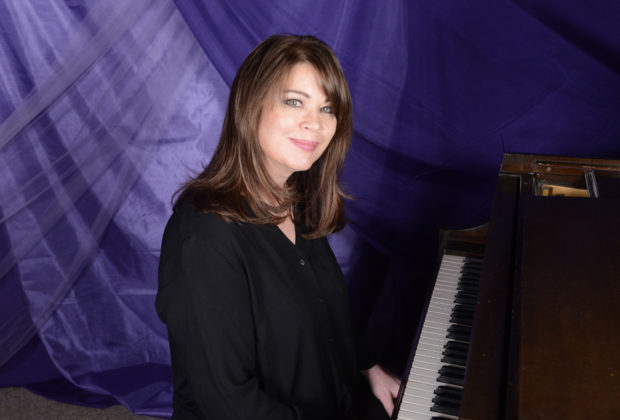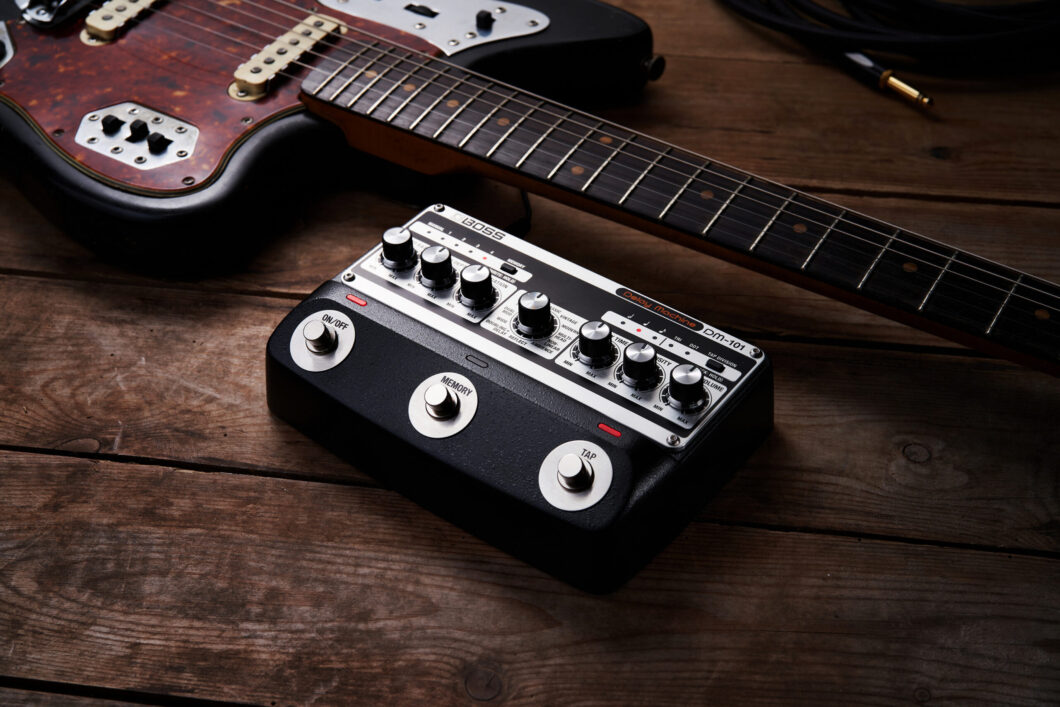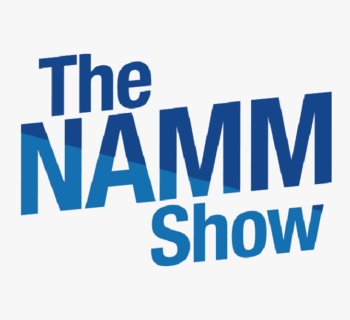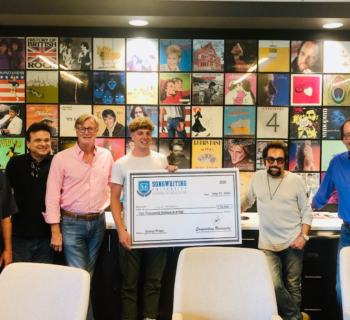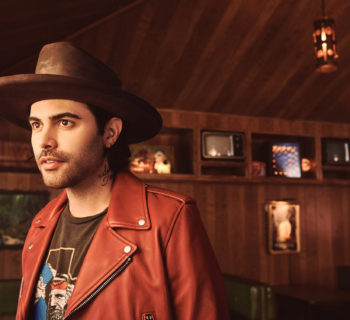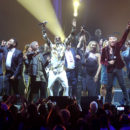If you’re not familiar with Dolby Atmos yet, chances are you will be very soon. Atmos is a new audio format that delivers fully immersive, spatial audio. In a world of fast-paced, ever-improving, technology, then, it’s not surprising that music industry gurus say that Dolby Atmos is the future of music. Some even speculate that Atmos sound will one day make stereo audio as obsolete as mono recordings.
As an artist, the idea of Atmos intrigued me. In a saturated, impossibly competitive music market, I realized that anything I can do to gain an edge is probably a good idea. Plus, a new spatial audio format is just plain cool! So, I jumped right in and decided to release my pop-reggae single, “Our Sweet Secret,” in this fancy new type of surround sound technology.
I chatted with sound engineer Brad Smalling of Evergroove Studio in Evergreen, CO. In the following interview, Brad gives the lowdown about the basics of Dolby Atmos sound.
Music Connection: What is Dolby Atmos and how is it different from typical recordings?
Brad Smalling: I’m really glad that we’re talking about Atmos, because there’s a lot of excitement about it. It’s quickly becoming the new format.Dolby Atmos is not a new surround format. Atmos actually debuted in 2012 with the movie, “Brave.” So, it started off as a cinematic experience. Right around 2018, though, they started experimenting with Atmos with music.
What Atmos is… We’re all familiar with this horizontal idea of surround sound. But, what Atmos does is it adds height speakers. Here in the studio, there’s four speakers above my head right now. What that does is that creates a dome or a hemisphere. So, I can take a vocal, for example, and we assign it what’s called an “object.” And then I can grab that object, and instead of just panning left and right, traditionally, I can now bring it into the room.
Imagine, as a musician, if, in the chorus, you said, “Hey, wouldn’t it be great if the vocals came up a little bit, so things got a little bit more exciting?” I can say, “Hey, wouldn’t it be better if the vocalist takes a step towards you, musically, like we might do on a stage?” And then that gets artists really thinking about like, “Oh my gosh, we can do anything we want to in this hemisphere. I can put a guitar right by this ear, I can put a keyboard over here, and it doesn’t have to be at the speaker. It can be anywhere within this dome.”
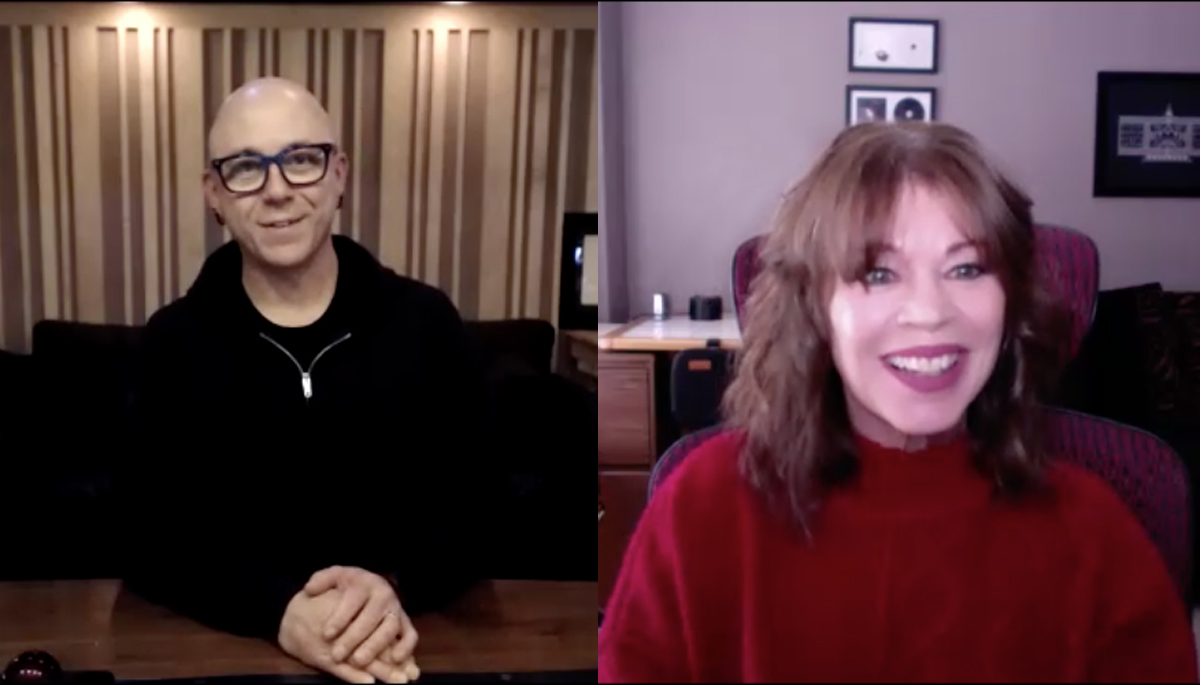
MC: So, instead of typical horizontal sound, you also have vertical, and front, back and all ways, like you’re in a sphere or a bubble. Is that a good way to describe Atmos?
Smalling: It’s a great explanation. We now have x, y and z axes to move along. So, it’s 3-dimensional audio. You can really immerse a listener. We’ve done mixes where there are very intimate sections – where everything gets very stripped down. Maybe it’s just piano and a vocal – the singer wants to convey something very intimate. So, at that point, we just bring the vocal right here (motions right next to his ears), and it just feels like they’re singing right here, right in your ear. And then when we go to the chorus, we can push it back out and let the chorus get big.
MC: I’m sure the quality of the speakers matters. Like, you’re probably not going to get the full experience from free earbuds on an airplane. So, how can people best listen to Dolby Atmos?
Smalling: With any audio, the better the speakers, the better the experience. The nice thing about Atmos is that it doesn’t require any sort of special speakers. The easiest way for people to experience Atmos is through TIDAL, Apple Music, or Amazon right now. If you have an iPhone and have some AirPods, you can go into Apple Music, and pretty much every current pop song, rock song, hip-hop song, and country song––so many genres right now––it’s already in Atmos. How you’ll know is when you look on the app, you’ll see where the song title is, the little Dolby logo will appear. If you don’t know the Dolby logo, it’s a shaded-in forward “D” and a backward “D.” That’s how you’ll know you’re hearing Atmos.
MC: Do you know if there are any plans for Spotify to offer Atmos in the future?
Smalling: Spotify has to be coming. I don’t have any inside information, but I think they’re planning something big, because Spotify announced a new Atmos-enabled studio. So, my hunch is that they’re doing some mixes and doing some very exclusive artist agreements so that when they do offer Atmos, they just have this amazing catalog that just suddenly drops, just boom. It’s only a matter of time.
MC: For my new single in Atmos (“Our Sweet Secret), I had to send my distributor the special Atmos file along with a regular, traditional mix. Is that what artists need to send to their distributor––2 mixes?
Smalling: Yes, the current best practices––current workflow––is still doing a traditional stereo mix. You submit that with the Atmos mix. And then those two mixes are attached to each other in the distributor channel so that the listener can switch back and forth. Or, if they don’t have an Atmos-enabled system, listeners get a traditional stereo mix that the artist has also approved.
Check out the full video interview, including audio samples, here: https://youtu.be/_w60qkax_XE
Up Next: Look for Part 2, a more technical glimpse into Dolby Atmos, in a future issue of Music Connection.
Singer-songwriter ANGELA PREDHOMME is a contributing writer for Music Connection. Predhomme’s music has been heard by millions through television, film, radio and streaming. Her songs have been featured in the popular Hallmark movie Christmas on Honeysuckle Lane, Lifetime’s hit show Dance Moms, Freeform’s Switched at Birth, commercials for ING Bank and Fiat, and more. Predhomme’s award-winning songs have topped the Euro Indie and World Indie Music Charts, and she’s been marked as “one to watch” by music journalists.

